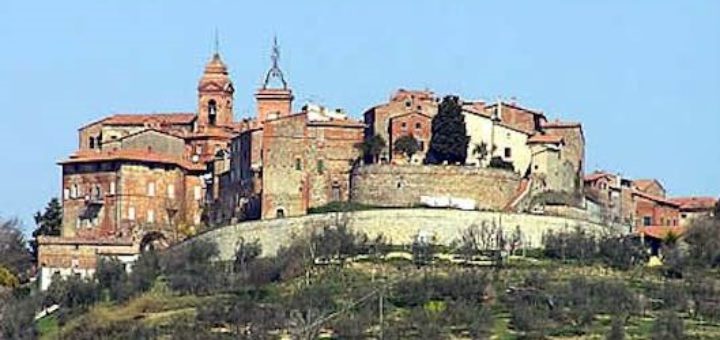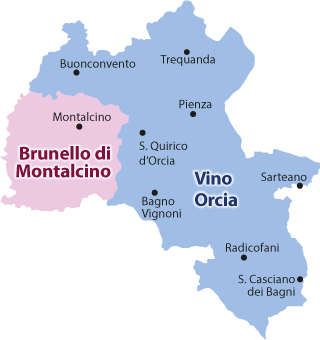
The historical centre of Monteleone d’Orvieto has a pavement in the streets made up of cobblestones and in the squares there are basalt tiles, the latter material taken from the paving of the second post-war period, which replaced the old basole of the late nineteenth century, crumbly and deteriorated.
Main places of interest
Church SS. Apostles Peter and Paul, a distinguished collegiate, located in the historical centre of Corso Vittorio Emanuele II; he keeps the valuable table of the Madonna and Child between Saints Peter and Paul. The work is ascribed to a student of Perugino. Also inside the Collegiate there is the crypt of San Teodoro;
Church of SS. Crocifisso (1600), just outside the walls, has a Baroque altar inside, has been recently renovated;
Porta Nord (of medieval origin and rebuilt in 1848) also called tower mozza; is located at the entrance of the village;
Tower, of medieval origin, is a viewpoint on Umbria, Tuscany and Lazio and Valdichiana, located at the bottom of the country;
Clock tower (1888) in brick, located in Piazza bilancini: the intention of the designers had to become the seat of the town of Monteleone
Piazza Pietro bilancini;
Medieval Well, rebuilt before the eighties on original design;
Source of the capital (low Middle Ages), is a unique complex, recently undergoing restoration work. The source is located just outside the town walls, where the right tributary river of the Tiber was born; it was used for water supply and to quench the animals. There is a large washhouse once used by the castle women;
“Teatro dei rustici” (1700), housed in the stately palace of the Podestà or the Vicar who in the Middle A



